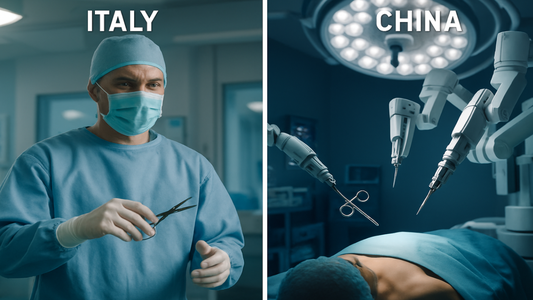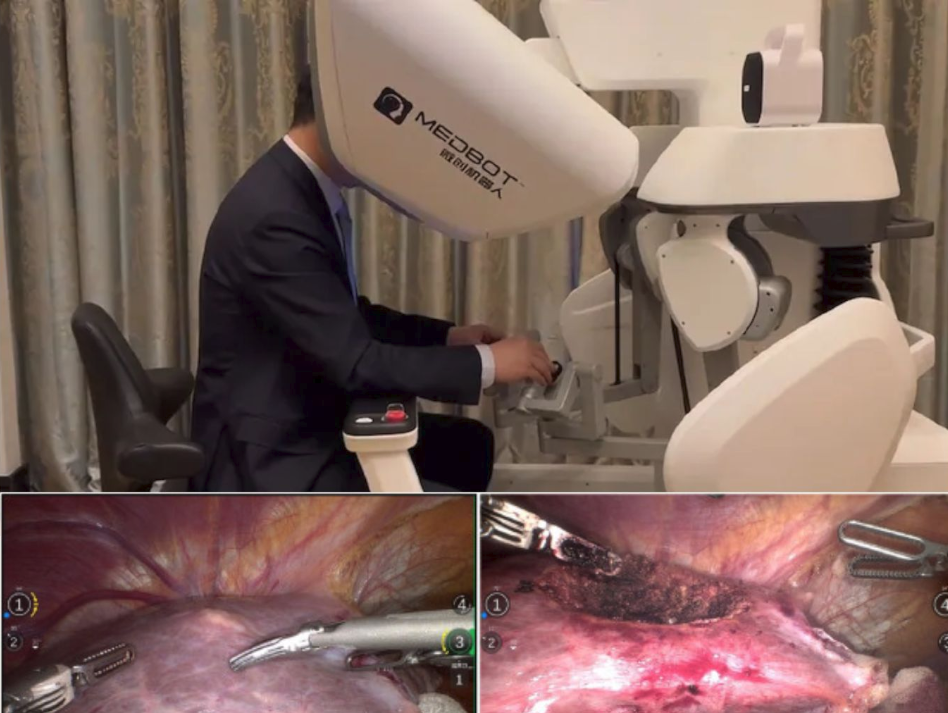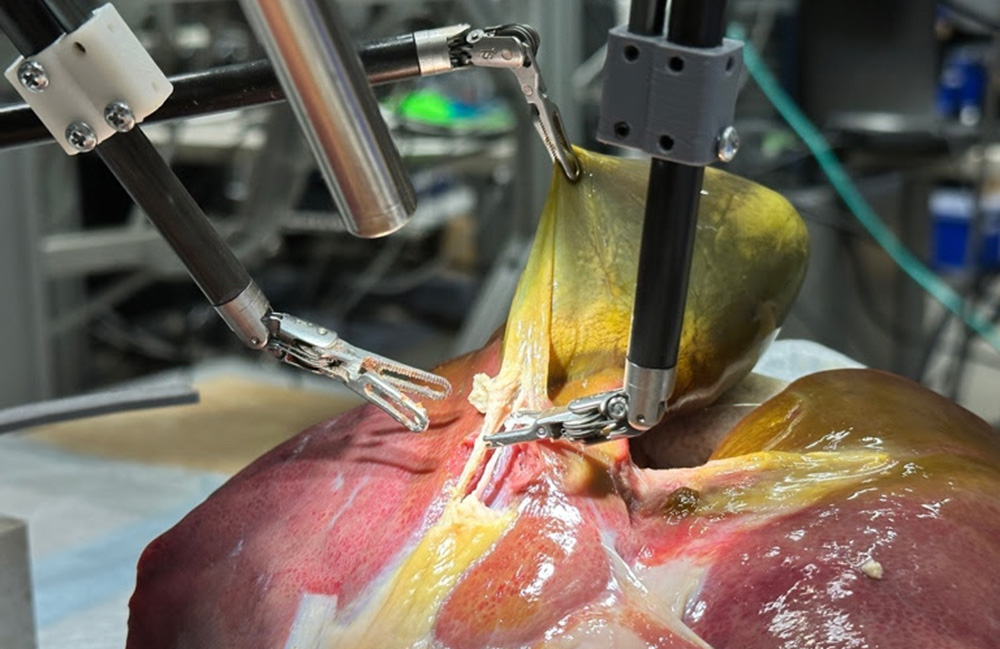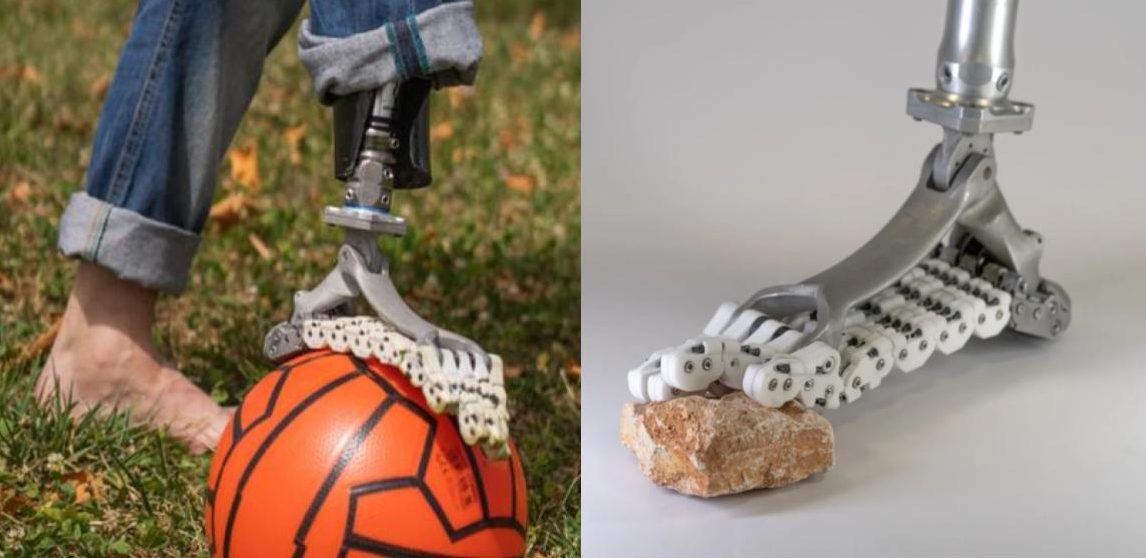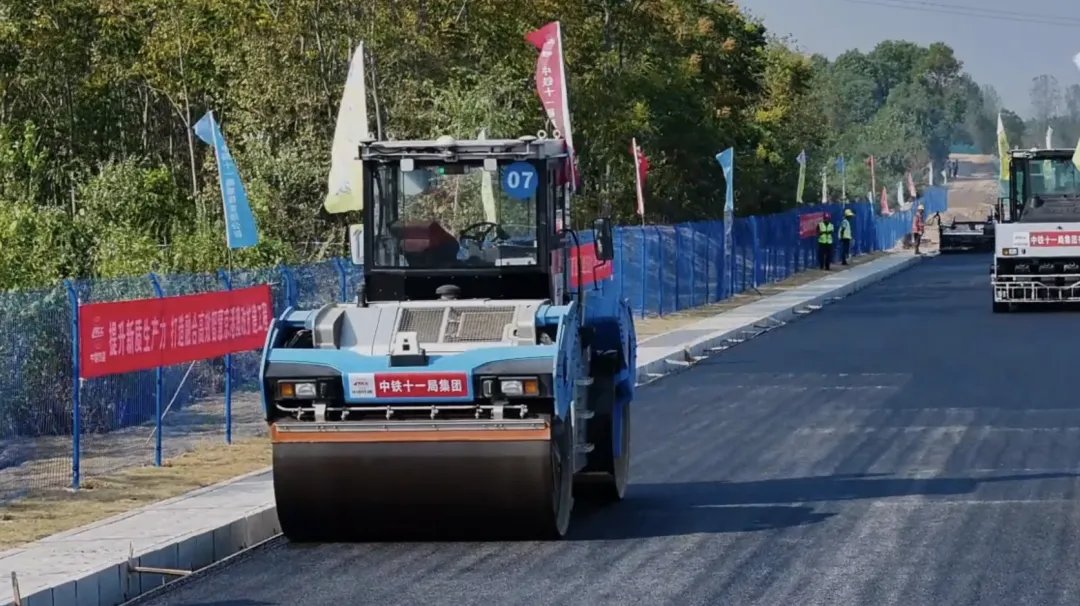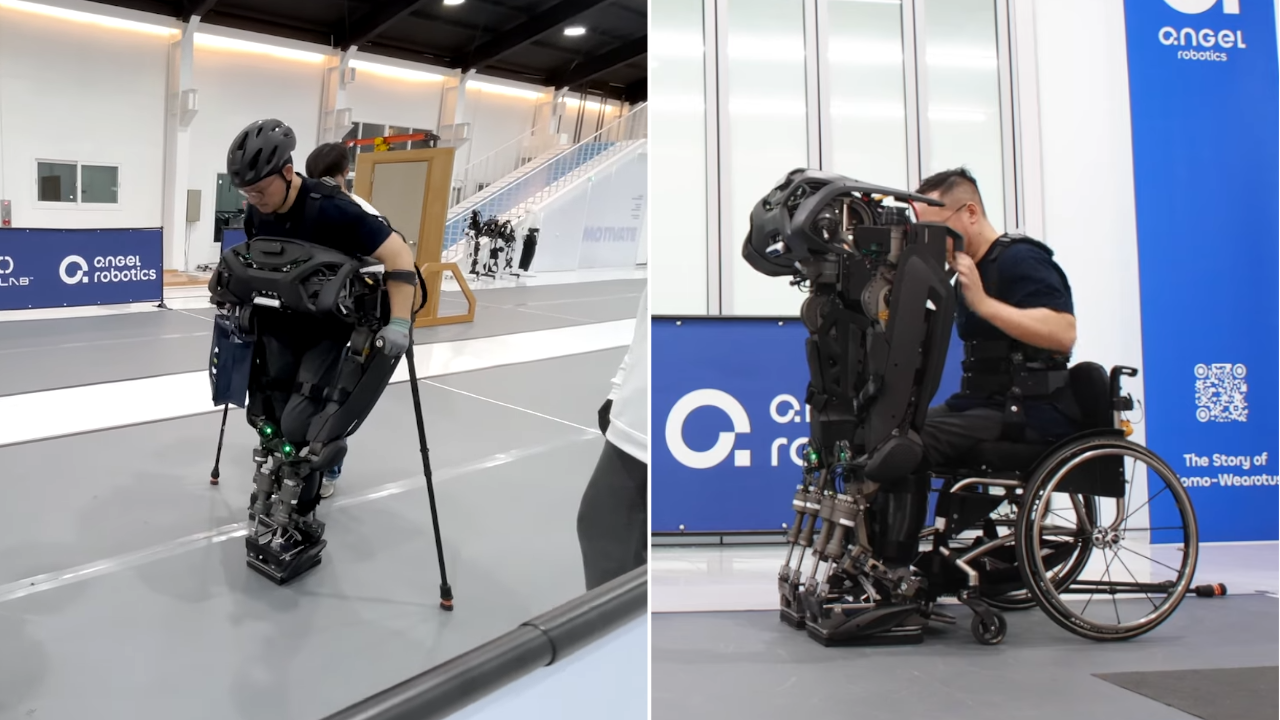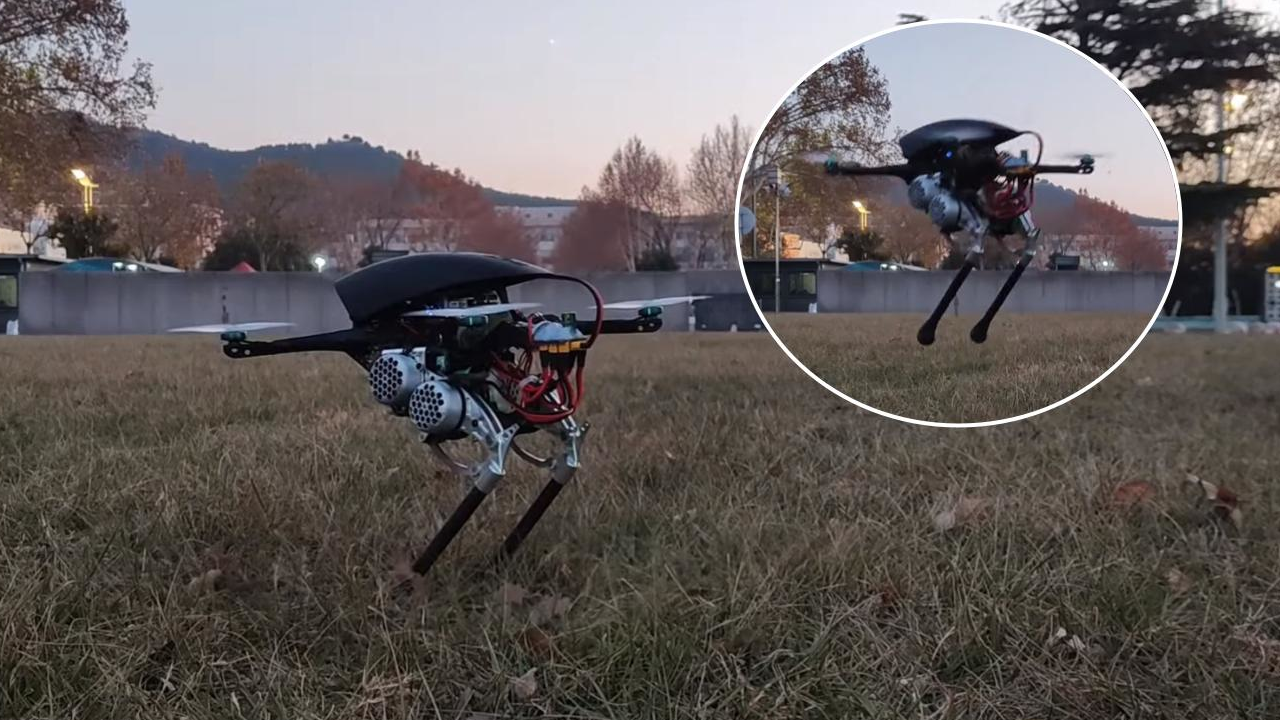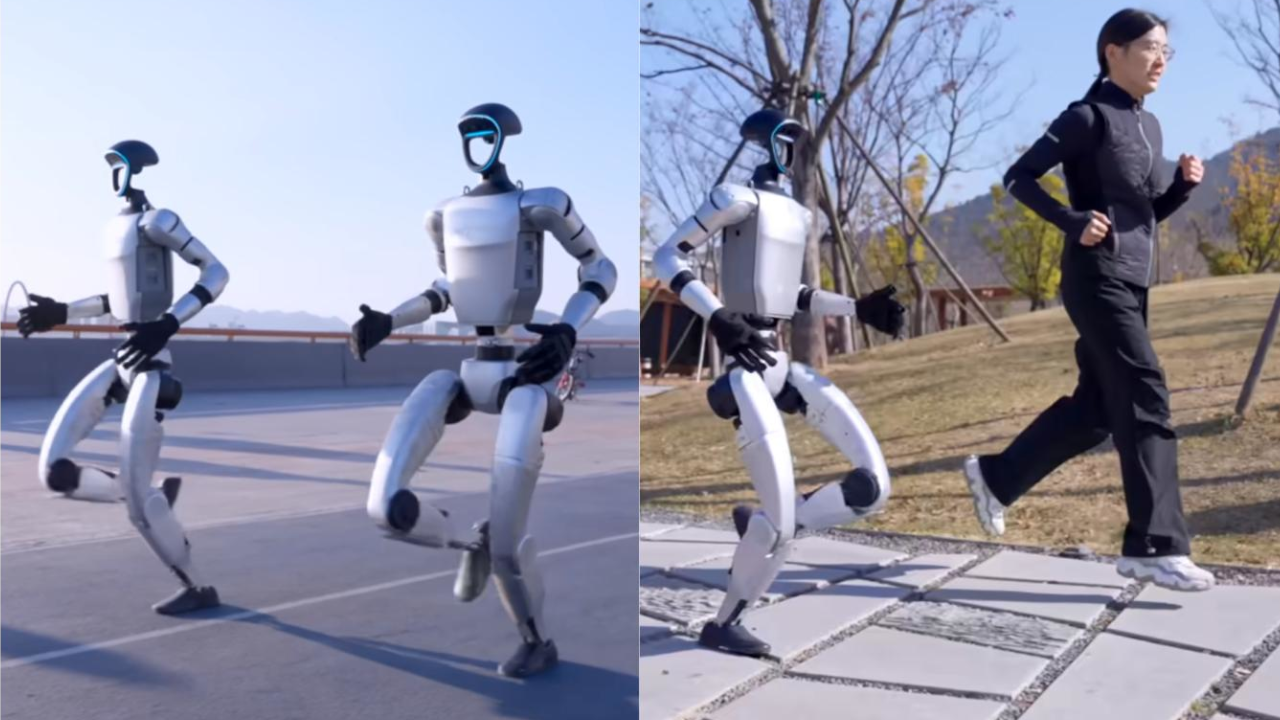Imagine you need surgery, and the hospital in your city doesn't have the required specialized surgeon. Instead of being transported to another city or country, with all the psychological, physical, and financial burdens that entails, a surgeon in a distant location can perform the operation while you are in your hospital bed, and they are in their office thousands of kilometers away, connected via the internet.
This scenario is no longer science fiction. In June 2024, a Chinese team led by Professor Zhang Xu, Director of the Urology Department at the General Hospital of the Chinese People's Liberation Army, successfully performed the world's first transcontinental robotic prostatectomy. From Rome, the Italian capital, the doctor performed the operation while the patient lay in an operating room in Beijing, more than 8,000 kilometers away.
This astonishing achievement was made possible using a sophisticated surgical robot fully controlled from Rome. To ensure the success of this precise operation, a high-speed fifth-generation (5G) communication network, reinforced by intercontinental fiber optic cables, was relied upon, which guaranteed a time delay of no more than 135 milliseconds. This extremely minimal delay, which is less than the medically recommended 200-millisecond standard for such surgeries, made the surgeon feel as if he was standing right next to the patient, as his hand movements were translated instantly and accurately into the robotic arms.
For comparison, a human eye blink takes between 300 and 400 milliseconds. The delay was so minimal that the surgeon in Rome felt as if he was performing the operation in the same room, with no noticeable delay between his actions and the robot's response. This immediate response is of utmost importance for the safety and success of this delicate procedure.
A medical team, including a backup surgeon, closely monitored the operation in Beijing to ensure patient safety and intervene in case of any emergency, but the smoothness and precision of the operation did not necessitate any intervention. The surgery was a complete success, opening the door wide to a future where medical expertise can be easily exchanged across the globe.
Of course, such operations require extremely advanced equipment in terms of high-speed communications, meticulous technical supervision, and backup medical personnel — there is no room for any error or delay in critical moments.
The success of these experiments is a clear indicator of a promising future for medicine, where rare medical expertise can reach any patient anywhere in the world, whether in remote areas or in war zones and disaster areas.
However, this technology is still in its developmental stages and requires further work to establish strict medical and legal protocols that ensure patient safety and clearly define responsibilities. Additionally, the high cost of the required equipment and infrastructure may limit its rapid spread.
